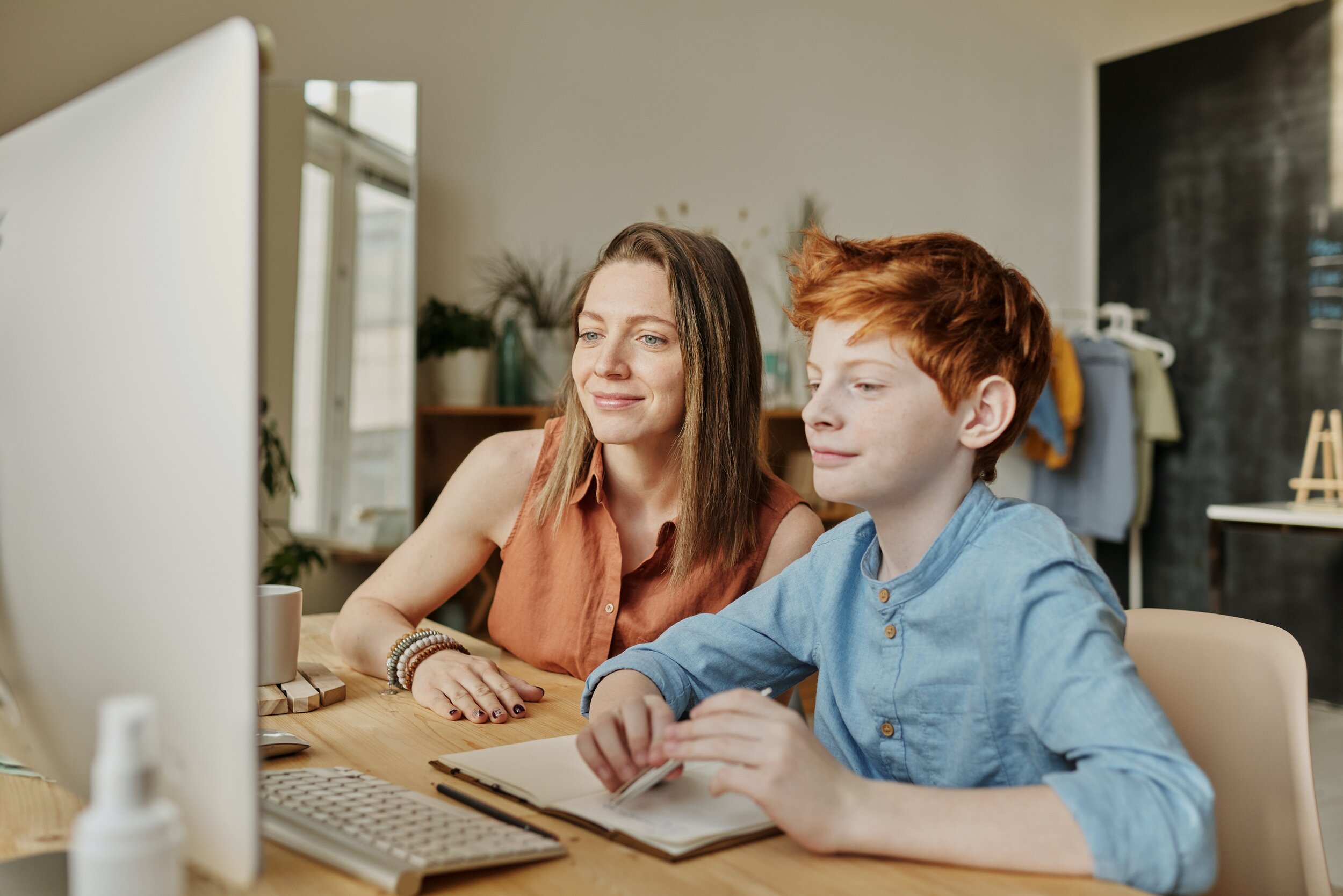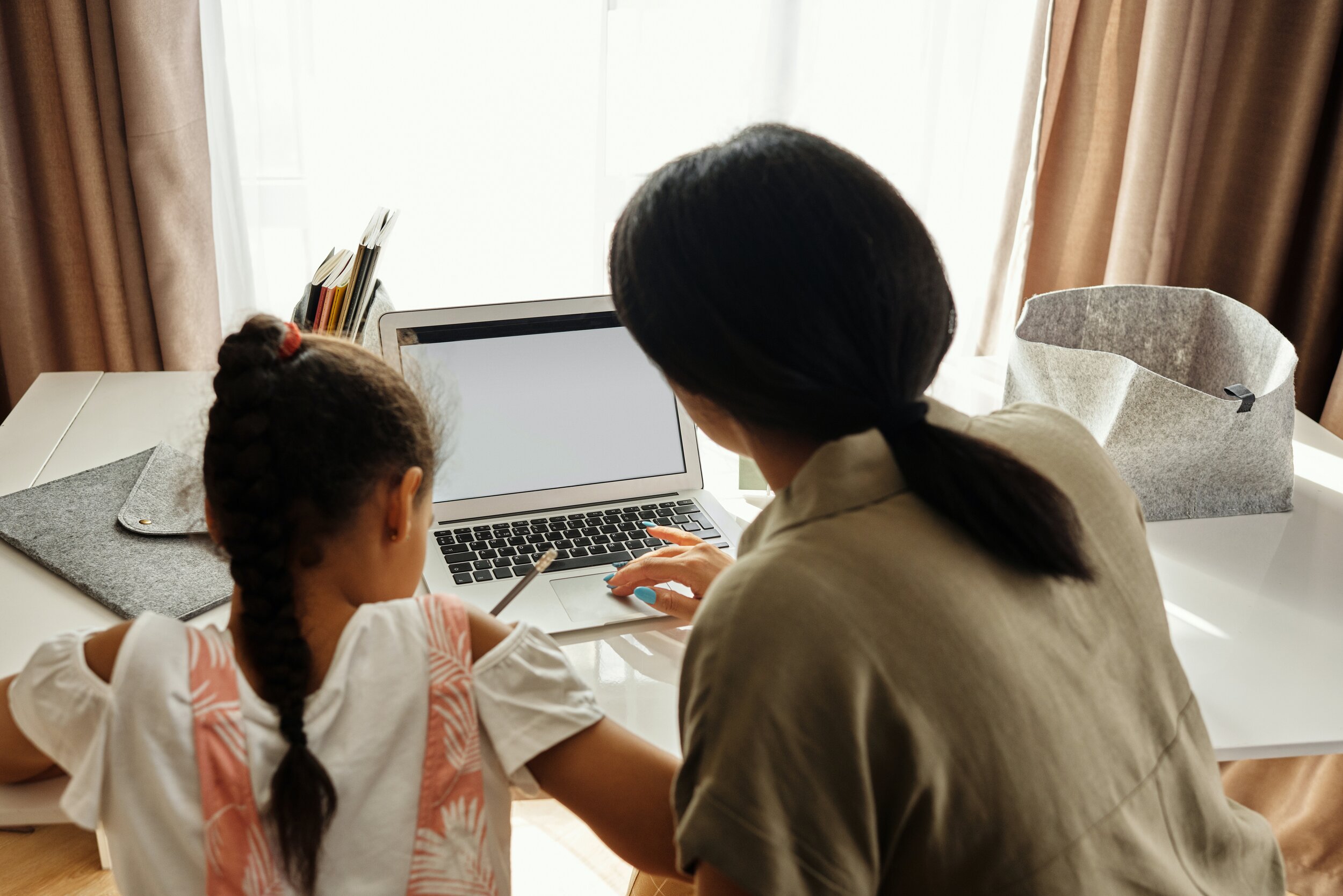Golden Rules for Better Vision
Eyes on Oxford - LEEDERVILLE, WA
Eyes on Oxford’s Golden Rules for Better Vision are guidelines to help create an environment for your child so the vision system can perform optimally with minimal visual stress. This leads to improved physical comfort, improved attention and capacity to learn, and less physical and visual fatigue.
These guidelines work hand in hand with any stress-relieving lenses prescribed by your optometrist. Optimal results come from wearing lenses as prescribed and working to follow these guidelines until they become natural and automatic. It may take time, practice, and reminding, but the results will be worth it!
1. Use an appropriate sized table and chair for your child's height and encourage sitting up tall with feet flat on the floor or on a foot support if the feet can't reach the floor. A table and chair set at adult height forces a child to change their posture and induces visual stress due to the close working distance.
2. Encourage a straight head (not propped up on a hand), with torso and hips parallel to the desk. This results in both eyes being the same distance from the close task enabling them to work together more efficiently.
3. A sloping surface, ideally 20-25 degrees from horizontal, like a slope board or a ring binder (set up parallel to the desk and sloping towards the body) is a good surface to place reading material or a tablet device. This reduces strain on the back, neck and vision system and encourages good posture
4. All close work (including smartphones and tablets) should be held at Harmon distance; this is the distance between the knuckles and elbow from the chin and is approximately belly button distance when sitting up tall. The screen of a laptop should be tilted back so that it can be viewed while maintaining a good, comfortable posture being mindful of the previous guidelines. This distance is also appropriate when reading, please don't read lying on your tummy or your back with your book held up in the air!
5. Lighting is important. Good room lighting in addition to a light illuminating the desk material helps maintain visual comfort. Anglepoise lights are ideal as desk lamps.
6. If your child wears blended lenses or glasses for close work, these should be worn for all tasks within arm’s reach. If wearing blended lenses, it is important to look through the lower lens when doing close work. By following the previous guidelines on posture, it should feel natural to look through the lower lens for near tasks.
7. Frequent breaks from devices and near activities are important. Each session on close technology for children should not exceed 20 - 30 minutes, followed by a good break doing distance/outdoor tasks. We don't recommend close technology for children under 4 years old.
8. It is not recommended to read while in a moving vehicle as this puts increased stress on the visual system due to the need to suppress (ignore) peripheral vision stimulation along with the signals from the vestibular system (balance system in the inner ear).
9. A distance of 6 metres and adequate room lighting is recommended when watching TV. Gaming should also be performed at a good distance from the screen and frequent breaks implemented.
10. The general rule with technology is the further away the device, the better. Cast to the TV when possible, keep your phone for phone calls only and hold all other devices at Harmon distance.
11. The top of most desktop screens should be at eye level or just below to allow you to look down when viewing the screen. Single vision lenses work best for prolonged desktop activities, but modifications can be made for other lenses. Please ask your optometrist for personal recommendations if you use a desktop regularly.
12. Artificial blue light emitted from devices has been shown to have an impact on the body's circadian rhythm (internal clock). Therefore, we recommended either having a blue light coating applied to your spectacles or enabling the blue light filter setting on your device.



